What is it?
“Health is wealth. Peace of mind is happiness Yoga shows the way”, explained by Swami Vivekananda.

This quote proves that Yoga is meant for making people calmer and helps in improving the breathing process, thus relaxing the minds of individuals. Yoga is a set of physical, mental, and spiritual practices that help to make the body more flexible and also help to still the mind of human beings (Saeed, Cunningham, & Bloch, 2019). The practices of yoga were first initiated in ancient India.
How it is originated?
5000 thousand years ago, the practices of yoga were first initiated in the northern part of India. The term Yoga was first discussed in Rig Veda, which is a collection of information regarding mantras, rituals, and the cultural songs used by the Brahmins of ancient India (Saeed, Cunningham, & Bloch, 2019). In Rig Veda, it has been mentioned that the yoga practices were developed by the Rishis, with their thoughts and beliefs. Swami Vivekananda first introduced these practices in front of a large amount of people.
How Yoga benefits people?
Yoga practices help to enhance muscle strength, thus flexibles the body parts. It improves the breathi8ng process and also helps in maintaining good heart health. People with addictions to drugs and alcohol are instructed to meditate, as meditation helps in relaxing the body and calming the brain, thus, it helps to reduce stress levels, anxiety, depressions, and so on. Regular yoga practices also help in improving the quality of sleep (Saeed, Cunningham, & Bloch, 2019). Thus, it is useful in enhancing the overall quality of health and wellbeing.
“Through practices comes Yoga, through Yoga comes knowledge, through knowledge love and through love bliss”, explained by Swami Vivekananda.
Different poses of Yoga
There are numerous yoga poses, but 12 yoga poses are basically practiced by the yogis. With regular practice of these 12 yoga poses, an individual can ensure a healthy physical and mental state. The basic poses are
| Sirsasana | 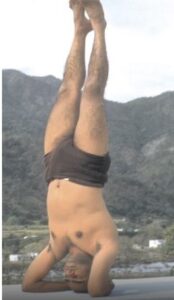 |
| Sarvangasana |  |
| Halasana | 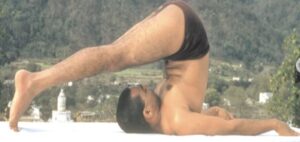 |
| Matsyasana |  |
| Pascimottasana | 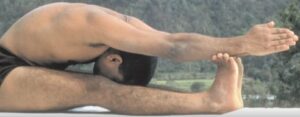 |
| Bhujangasana | 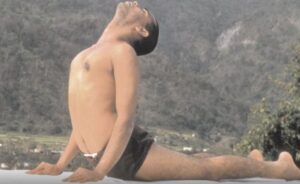 |
| Salabhasana | 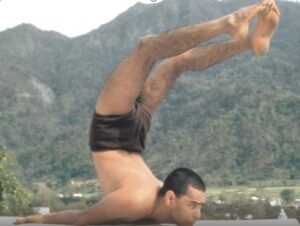 |
| Dhanurasana |  |
| Ardha Matsyendrasana |  |
| Kakasana | 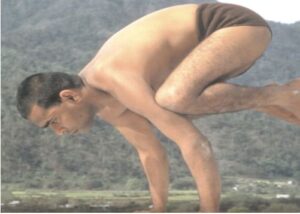 |
| Padahastasana | 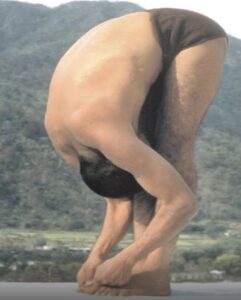 |
| Trikanasa | 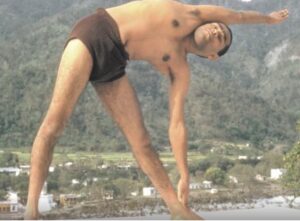 |
Table: Showing 12 basic yoga pose
While practicing yoga, all the poses should be firm but comfortable, so that the practitioners become more aware and concerned about their own body and physical state (Sivananda Yoga Vedanta Centres & Ashrams). All these poses involve stretching of the body parts, which improves the strength of bones and muscles and also improves the flexibility of the spine (Saeed, Cunningham, & Bloch, 2019). With regular practices, this pranayama or asana is effective in improving some severe diseases, such as Diabetes, Arthritis, hypertension, and so on. Besides, when all these poses are performed slowly and more precisely it helps in maintaining good mental health.
References
Saeed, S. A., Cunningham, K., & Bloch, R. M. (2019). Depression and anxiety disorders: benefits of exercise, yoga, and meditation. American family physician, 99(10), 620-627. Retrieved from https://www.aafp.org/afp/2019/0515/p620.html?cmpid=em_AFP_20190318
Sivananda Yoga Vedanta Centres & Ashrams . (2021). Retrieved from Google Arts and Culture : https://artsandculture.google.com/exhibit/the-12-basic-postures/FgJSV8NUVt54LA